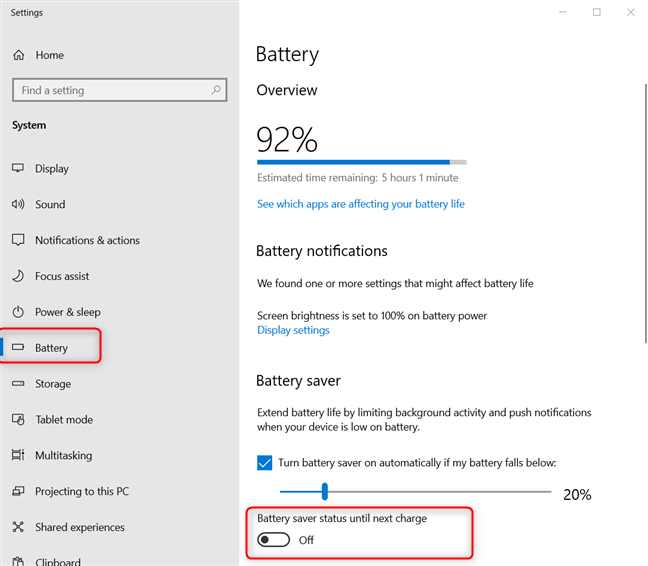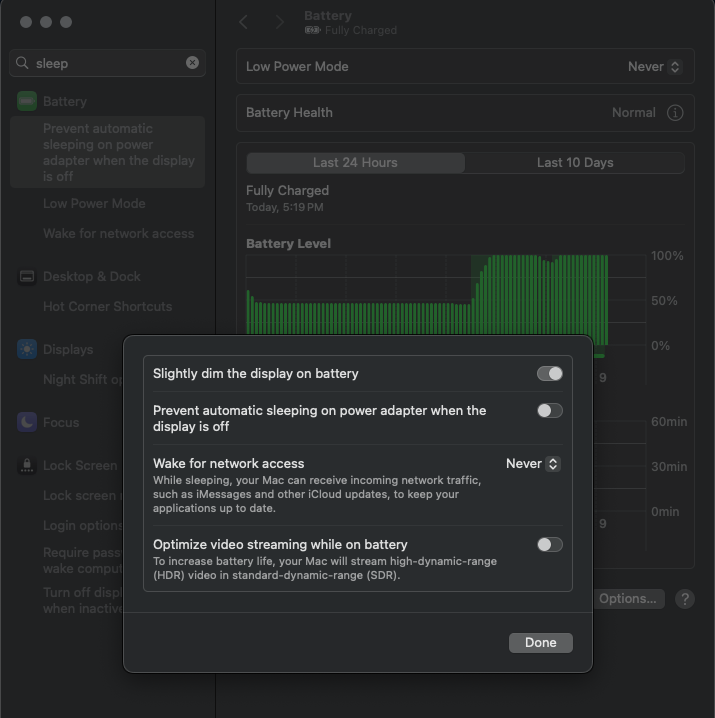Why should I prevent my computer from idling?
Traditional time tracking software often penalizes employees for computer idling, inaccurately logging inactive periods as downtime. This discrepancy between actual work engagement and recorded time can impact productivity assessments and, consequently, employee evaluations.
To address this challenge, understanding how to prevent computer idling without compromising work quality becomes paramount. In this article, we delve into proactive strategies and technical adjustments aimed at keeping computers active during work hours. By implementing these measures, businesses can ensure more precise time tracking without penalizing employees for natural breaks or moments of non-typical computer activity.
In this article, we will go through some ways to prevent your computer from idling so you don't have to worry about time tracking software marking you as being unproductive!
1. Turn off sleep mode
Whether you're using a Windows PC or a Mac, every computer comes with sleep and screensaver functionality to save on battery life and prevent a complete drain to your computer. Unfortunately, this also triggers many time tracking software systems into thinking you are not working, even if you may be doing something outside of your computer, such as writing or design tasks. Learn how to disable these functionalities so you don't have to worry!
Windows:

- Access Power Options:
- Go to the Control Panel or Settings (Windows 10/11) and search for "Battery."
- Alternatively, right-click on the battery icon in the taskbar and select options
- Choose or Customize Power Plan:
- Select the preferred power plan or create a custom plan by clicking on "Change plan settings" next to the chosen plan.
- Adjust Sleep Settings:
- Click on "Change advanced power settings."
- Look for options like "Sleep" or "System unattended sleep timeout" and adjust them to prevent the computer from sleeping too quickly during inactivity.
- Save Changes:
- Apply the changes and exit the settings.
Disabling Screen Saver:

- Access Screen Saver Settings:
- In the Control Panel or Settings, search for "Change screen saver" and open the corresponding option.
- Turn Off Screen Saver:
- Select "None" from the drop-down menu of screen savers.
- Adjust the wait time to a longer duration or uncheck the box that enables screen savers.
MacOS:

Preventing Sleep Mode:
- Go to the Apple menu > System Preferences > Battery > Options
- Enable "Prevent automatic sleeping on power adapter when the display is off
Disabling Screen Saver:

- Go to Apple menu > System Preferences > Lock Screen
- Update "Start Screen Saver when inactive" and "Turn display off on battery when inactive" to "Never"
Tips for Both Systems:
- Advanced Settings: Explore advanced settings to fine-tune power options for specific scenarios, like when plugged in or running on battery.
- Battery vs. Plugged In: Adjust settings separately for when the computer is running on battery versus when it's plugged into a power source.
- Monitor and Test: Monitor how these settings affect the computer's performance and adjust accordingly. Test to ensure the changes don't adversely impact work.
2. Use automation software
Automation through scripts or dedicated programs stands as a potent solution in combating computer idling. These scripts, often designed to simulate minimal activity, execute predefined tasks at set intervals, ensuring continuous engagement with the system. Whether it's a simple script that moves the mouse cursor or a program that periodically opens and closes specific applications, these automated actions prevent the computer from entering idle mode. Employing such automated processes not only maintains activity but also minimizes the need for manual intervention, allowing employees to focus on their tasks uninterrupted. However, it's crucial to implement these scripts or programs judiciously, ensuring they align with company policies and don't interfere with the smooth functioning of other applications or systems.
LazyWork is an example of software that can help you prevent your system from idling. Better yet, LazyWork can prevent employee tracking software from detecting activity idleness by simulating real, human like activity, which other solutions like adjusting screen time cannot do. LazyWork comes with a free trial, but ultimately is a paid tool. If you'd like to tinker with your own software, Microsoft has provided an excellent guide on how to use their PowerTools for automating some common functionalities, which we will talk about next.
Types of Automation for Preventing Computer Idling:
- Mouse and Keyboard Simulation:
- Scripts can be written to move the mouse cursor slightly or simulate keystrokes at regular intervals. These actions mimic user interaction and prevent the system from entering an idle state.
- Application Launch and Closure:
- Programs can be developed to open and close specific applications in a loop. This continual activity keeps the system engaged, preventing idling.
- Customized Task Execution:
- Scripts can perform various low-impact tasks, such as opening files, refreshing web pages, or performing basic calculations, to maintain activity levels.
- Scheduled System Operations:
- Automation tools can schedule system operations like disk cleanups, updates, or file transfers, ensuring ongoing activity while performing necessary maintenance tasks.
Implementation Considerations:
- Resource Efficiency: Scripts or programs designed for preventing idling should consume minimal system resources to avoid affecting overall performance.
- Customization and Flexibility: Providing options to customize automation intervals or tasks allows adaptation to different work patterns and preferences.
- Compatibility and Security: Ensuring that these scripts or programs are compatible with existing software and security protocols is crucial to avoid conflicts or potential vulnerabilities.
- Monitoring and Adaptation: Regular monitoring helps assess the effectiveness of automation strategies. Adjustments might be necessary to align with changing work patterns or software updates.
- Employee Awareness: Communicating the presence and purpose of these scripts or programs to employees is essential to maintain transparency and address any concerns regarding their usage.
Benefits and Cautions:
- Enhanced Productivity: Automation helps maintain continuous activity, potentially improving productivity by preventing unnecessary breaks in tracked work hours.
- Potential Risks: Overuse or improper implementation of these scripts or programs might raise ethical concerns or conflict with company policies. It's crucial to ensure they're used responsibly.
- Balancing Act: Finding the right balance between preventing idling and respecting employee autonomy is key. Overreliance on automation might undermine trust or creativity in the workplace.
Summary
Tweaking power settings on Windows or macOS allows users to tailor sleep modes and screen savers, effectively extending the active state of computers during work hours. Meanwhile, automation scripts and programs offer a proactive solution by simulating user activity through mouse movements, keystrokes, or application operations. These automated sequences ensure continual engagement, preventing systems from lapsing into idle states that can be misinterpreted by time tracking software. By leveraging power setting customizations and implementing judiciously crafted automation, businesses can strike a balance between accurate time tracking and maintaining a respectful, efficient work environment. Finding harmony between these approaches not only bolsters productivity by curbing unnecessary idling but also empowers employees to work seamlessly without concerns about penalization by time tracking software."
.png)
